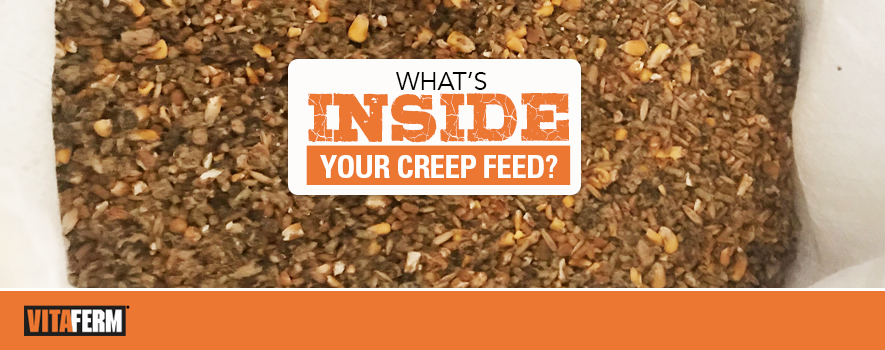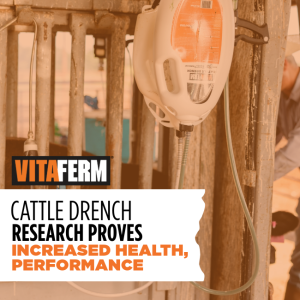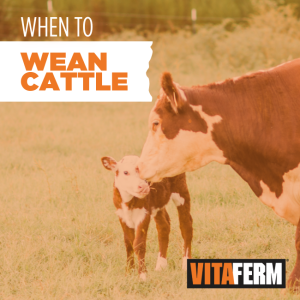
Is creep feeding your calves the right thing to do? And if so, do you know what is in the creep feed you put into their feeder? Creep feeding might not be the best option for everyone, but if it is something you feel will benefit your farm or ranch, be sure to know what ingredients you are feeding your calves.
“Creep feeding is needed when forage and milk are not meeting the calves’ nutrient needs,” said Kevin Glaubius, Director of Nutrition for BioZyme® Inc. “Feed tags aren’t required to guarantee energy so it is important that the producer works with his or her feed mill to formulate a creep feed that is high enough in energy and protein to supplement the calf and achieve gain. Without additional gain from the creep feeds, there is no return on your investment.”
According to Glaubius the only way for producers to value traditional creep feeds is by the price, and the lower priced feeds typically contain the cheapest feeds that are also the lowest in energy. For creep feed to be effective, its total digestible nutrients need to exceed that of the forages the cattle are grazing. Good grass hay typically ranges from 55-65% TDN. See the table for the energy values of common ingredients found in creep feed.
| Common Creep Feed Ingredients | Energy Value of Feed (TDN) |
| Wheat Midds | 81% |
| Soy Bean Hulls | 80% |
| Yellow Ground Corn | 80% |
| Corn Gluten Feed | 75% |
| Cotton Seed Hulls | 47% |
| Oat Hulls | 37% |
“Consumers want to know what the producers are feeding their animals, and the producer should care too, especially when it comes to creep feed. Energy isn’t guaranteed on the tag. Don’t buy a creep feed that lists generic terms. The tag should say corn, wheat midds, or soy hulls,” Glaubius said.
Even if adequate energy is in the creep ration, it might not be extracted by the calves. That is why it is important to include a product like Amaferm® in the creep feed. Amaferm is a prebiotic designed to enhance digestibility by amplifying the nutrient supply for maximum performance. It is research-proven to increase intake, digestion and absorption.
Research has proven that calves receiving Amaferm will gain about one-quarter pound more per day, and at current market price that is a return of about 45 cents per day on a 4-cent investment for the Amaferm.
“Amaferm is just another way to increase the nutrient value and profitability of the creep feed. The cost might be slightly more, but the added gain and added nutrient absorption will result in higher performing calves,” Glaubius said.
In an effort to assist producers looking for a convenient way to add protein, vitamins, minerals and Amaferm to their creep feed ration, BioZyme introduced Sure Champ® Ration Builder this spring. Ration Builder is a convenient way for producers to make their own creep ration with the commodities they have available to them. Ration Builder is fully fortified, containing a complete vitamin and trace mineral package, protein and Amaferm.
Many creep feeds are not heavily fortified, leaving calves lacking the vitamins and minerals to keep them healthy and keep them gaining. With Ration Builder as part of the creep feed, producers won’t have to worry about calves needing to go to the cows’ mineral feeder. Ration Builder ensures calves will also consume the much-needed nutrients to build immunity and help reduce the stress of weaning without getting sick.
BioZyme has developed several basic creep feeding formulas with the Ration Builder included. Click Here to download the brochure with these creep feeding formulas. The nutrition team is also glad to help formulate custom rations to fit individual scenarios and available feedstuffs. Producers should contact their BioZyme Area Sales Manager for more information about these custom rations.


